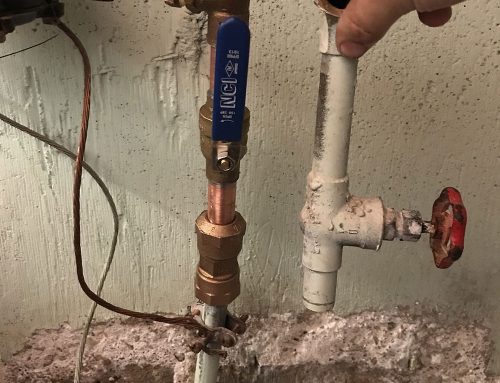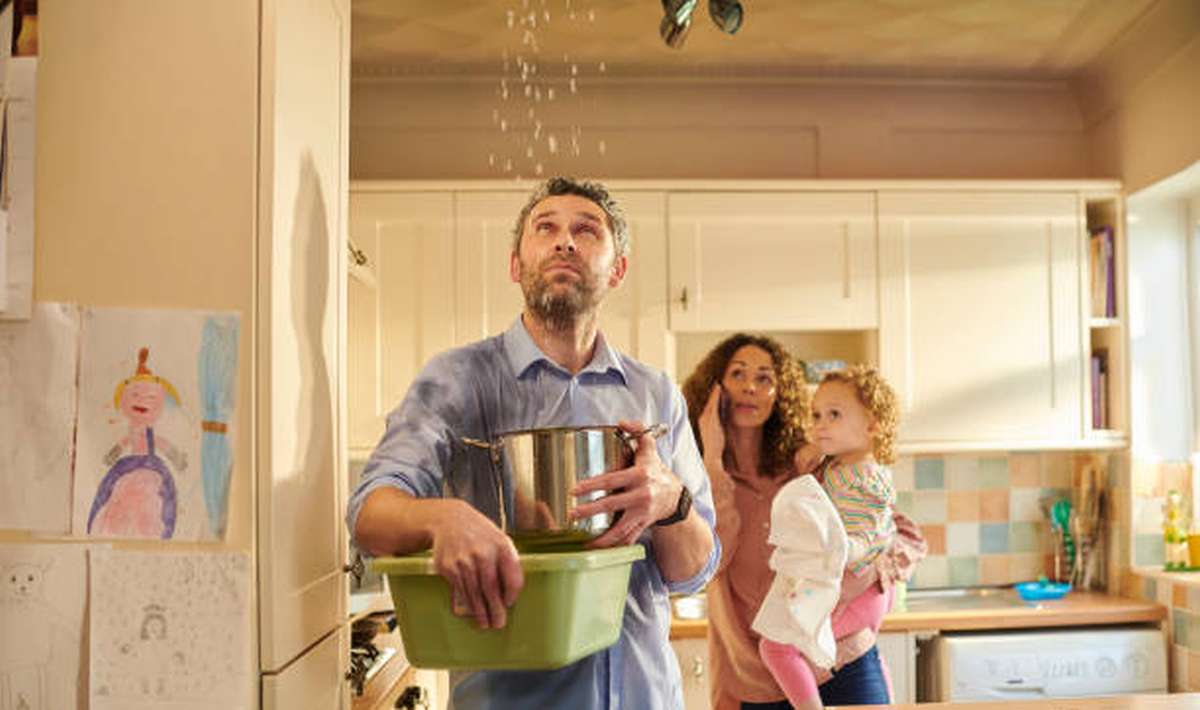Emergency Solutions for Plumbing Issues in Rental Properties
Emergency Solutions for Plumbing Issues in Rental Properties
Blog Article
What are your ideas regarding How can you handle tenant plumbing issues effectively?

Handling plumbing problems in rental buildings effectively is critical for maintaining occupant complete satisfaction and protecting the home's worth. Whether you're a property owner or a building manager, understanding just how to address these typical troubles can conserve you time and money while guaranteeing conformity with lawful responsibilities. Right here's a detailed overview on just how to handle plumbing problems in rental residential or commercial properties.
File Every little thing
Maintain detailed records of all reported plumbing problems and the actions required to settle them. Documents should include dates, descriptions of the issue, interaction with occupants, and invoices from service providers or plumbings. This info can be important for insurance policy cases, tax obligation reductions, and lawful defense.
Usage Qualified Professionals
Constantly make use of licensed and insured professionals for significant plumbing repairs and installations. This ensures that the work depends on code and can aid stay clear of responsibility concerns in case of crashes or more damages. It also assures renters that repair work are being dealt with expertly.
Establish Clear Communication
Encourage tenants to report any kind of pipes problems as soon as they occur. Provide numerous communication channels such as phone, e-mail, or an occupant website to make it easy for them to connect. Motivate actions to these records can stop minor issues from intensifying into major problems.
Educate Renters
Inform your renters regarding what makes up a plumbing emergency situation and what does not. Supply guidelines on how to take care of minor issues themselves, such as making use of a plunger to unclog a toilet. Additionally, notify them concerning what they must prevent taking down drains pipes to prevent obstructions, such as oil, coffee grounds, and non-biodegradable things.
Regular Maintenance
Carry out a routine upkeep schedule for all pipes systems in your leasing properties. Normal checks can help recognize and settle problems like leakages, sluggish drains pipes, or corroded pipelines before they come to be major. Take into consideration employing a professional plumbing technician to inspect the buildings yearly or semi-annually.
Quick Feedback to Emergencies
Have a strategy in place for replying to plumbing emergencies. This need to consist of having the contact info of reliable pipes solutions that provide 24/7 emergency situation repairs. Quick action is vital to minimize damage in scenarios like burst pipes or serious leakages.
Preventive Upgrades
Consider updating older pipes systems and fixtures to much more modern-day, efficient models. This can decrease the regularity and extent of plumbing problems and reduced lasting upkeep costs. It's likewise a marketing factor for possible tenants who value upgrades and contemporary attributes.
Tenant Move-Out Inspections
Conduct extensive pipes checks throughout move-out examinations to ensure that any concerns are recognized and addressed before a new occupant relocate. This protects against disputes with new renters over pre-existing problems and makes certain the residential or commercial property is in leading problem.
Understand Lawful Duties
Recognize your lawful duties regarding pipes and basic home maintenance. Many jurisdictions need landlords to ensure their residential properties are habitable and that all plumbing systems are in good working order. Failure to address major issues quickly can lead to lawsuits from lessees.
Lessee Compensations
If a plumbing issue requires prompt focus and the occupant fixes the concern by themselves, have a clear policy in position for compensating prices. Ensure lessees recognize they must acquire prior authorization for higher-cost fixings unless it's an outright emergency.
Conclusion
Handling pipes problems in rental homes calls for a positive method and excellent interaction with occupants. By staying on top of upkeep, responding promptly to emergency situations, and utilizing qualified specialists, property owners can maintain their residential properties in outstanding problem and preserve good connections with tenants.
How to Handle Water Damage in a Rental Property
What is Water Damage?
Water damage is harm or destruction caused by water entering areas where it is not supposed to be. It can be caused by a variety of sources and can manifest in different ways. The most common examples of water damage include:
Leaking roof Plumbing leaks Appliance malfunctions Poor drainage Flooding Sewage backup Condensation Tenant negligence HVAC system issues Frozen pipes Is water damage dangerous?
Water damage itself is not inherently dangerous, but it can lead to various hazards and health risks if not promptly and properly addressed. The severity of these risks depends on the extent of the water damage, the source of the water, and how quickly it is mitigated.
Some potential dangers associated with water damage include structural damage, mold and bacterial growth, electrical hazards, water contamination, and pest infestations. In situations where mold and mildew have gone unaddressed, mold can start to develop within 24-48 hours of water exposure, and this can impose a serious health risk to tenants. In particular, mold spores and damp conditions can lead to respiratory issues and even make existing health problems worse, such as allergies, asthma, or immune disorders.
Water Damage in an Apartment - Who is Responsible?
If the water damage is caused by the tenant’s negligence, the tenant is responsible for the cost of repairs. If the water damage is caused by a defect in the property, the landlord is responsible for the cost of repairs. If the water damage is a result of natural causes, such as excessive rain, then the landlord is responsible, since the water intrusion likely occurred due to a defect in the property. Landlord Responsibility water damage in rental property
Since maintaining habitability is the landlord’s legal responsibility, landlords are responsible for any resulting structural damage caused by water damage. These structural damages may include damage to walls, roofs, ceilings, and flooring. If water damage has affected the rental property’s original structure, the landlord is responsible for repairing or replacing those materials. Therefore, landlords should have property insurance that covers the structural components of their rental property so that they can receive help with the costs of covered events.
Preventative measures can also help landlords avoid massive renovations. Preventative maintenance may include conducting regular inspections to identify and address potential water damage before it becomes a major and urgent problem.
If a landlord fails to meet their responsibilities regarding water damage, it can lead to legal disputes and potential liability. Tenants who believe their landlord is not addressing water damage issues in accordance with California law can seek legal advice or contact local housing authorities for assistance.
https://www.goodlifemgmt.com/blog/water-damage-in-a-rental-property/

As an enthusiastic person who reads about How to Handle Plumbing Issues in Rental Properties, I assumed sharing that post was a smart idea. Do you know another person who is fascinated about the subject? Take a moment to share it. Thanks for going through it.
Report this page